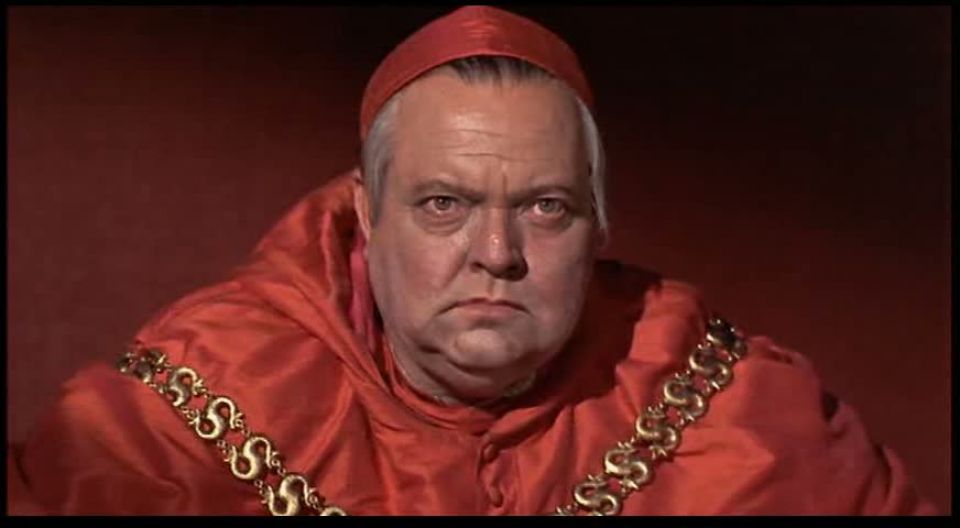
Posted by Des Atkinson
28 November 2016The late medieval English cleric gets a pretty raw deal in film, TV and in popular histories. Where they appear at all, they are often ciphers, materialising merely to fulfil some dramatic function such as crowning a usurping monarch, or conducting the marriage of a pair of love-struck aristos.
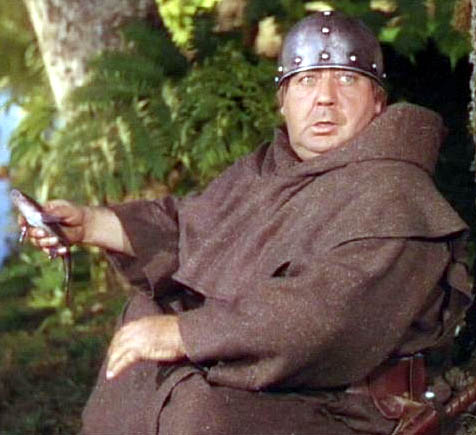
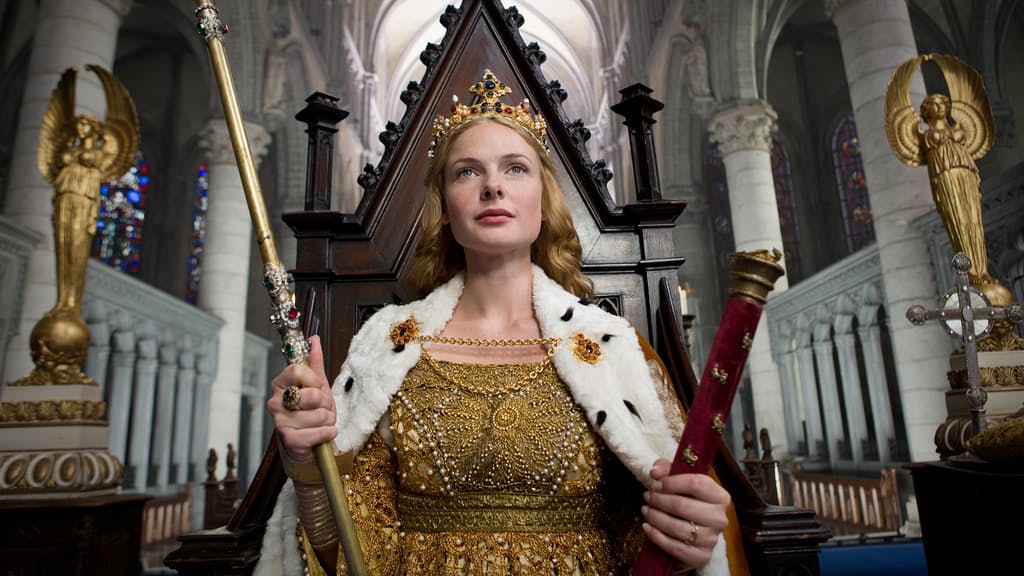
Those priests, bishops, nuns or friars who do get a speaking role, almost always appear as sinister and pretty unpleasant pieces of work. They are certainly not people you would have wanted to meet in the ale house! One notable exception of course is that deeply anachronistic character, Friar Tuck. He appears in all of those Robin Hood adaptations as a robust and comic foil to the noble Robin, and wanders around late twelfth-century England unaware that he cannot yet exist. The Franciscan friars made their arrival in England in the 1220s, decades after the demise of good King Richard.
One character who struggles greatly to make it on to celluloid at all, let alone into the era of the talkies, is John Morton, chancellor to Henry VII and cardinal archbishop of Canterbury. Morton was present at the notorious meeting of the royal council in June 1483 when Richard duke of Gloucester, soon to be the scoliotic king Richard III, had William Lord Hastings taken out for summary execution. However in a recent TV adaptation of this celebrated moment, a pair of unidentified clerics were portrayed as sitting in the room, saying nothing (as usual), and then being ignored while the action moved on. In real life, both Morton (then bishop of Ely), and his episcopal colleague, Thomas Rotherham, archbishop of York, were arrested and imprisoned, and it seems likely that only their clerical status saved them from an early visit to eternal life. But why would we want to hear from them? Morton subsequently went on to become archbishop of Canterbury after the death of the previous incumbent, Thomas Bourchier. There can be few more overlooked clerics than Bourchier.
In another great TV moment, Elizabeth Woodville, that famous White Queen, who was by now the sorrowing widow of the defunct Edward IV, was shown in Westminster Abbey where she had sought sanctuary with her younger son, Richard duke of York. The man who arrives to persuade her to give over young Richard into the tender care of his usurping uncle is, according to the TV script writer, Henry duke of Buckingham. The fact that it was actually archbishop Bourchier is clearly an inconvenient fact that cannot be allowed to get in the way of a good piece of ‘historical’ dramatisation. Bourchier gets it in the neck from academic historians: he has been described as the teflon archbishop for managing to survive at Canterbury despite being the man to crown Edward IV, Richard III and Henry VII. Little wonder then the poor public get no sight of him.
John Morton’s time at Canterbury takes us into the Tudor era, and by the reign of Henry VIII, the only cleric in existence seems to be Thomas Wolsey. Now there for once is a man who gets to say plenty in any film or TV adaptation, especially when his words condemn him as some self-serving, bloated windbag, ripe for a well-deserved downfall (hurrah for the Reformation!). As for all those sinister, foreign and clearly murderous Jesuitical characters who pad around movies of Elizabeth I, no more need be said.

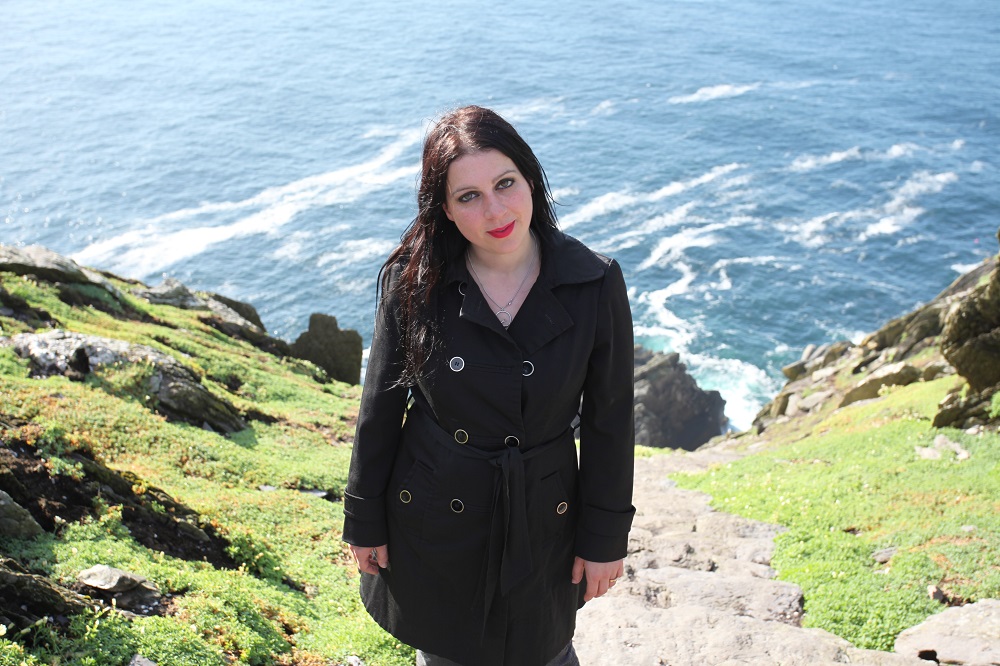
But returning to the medieval period, there are times when even those who should (and may) know better succumb to the temptation to sex-up our silent clerics for the purposes of entertainment. In her TV series on the medieval monasteries, the frequently seen Janina Ramirez presented a very tired old narrative of those long-vanished religious houses. From their distant golden age when heroic monks tamed, or at least endured, wildernesses, she drew a contrast with the later centuries when the fat monks of Westminster chomped their way to a decadent and sclerotic monastic twilight. The feuding monks of twelfth-century Bury as recounted by Jocelyn of Brakelond must have been an aberration in Janina’s eyes. Also overlooked by her were the nuns of many Yorkshire religious houses who struggled on through the centuries, despite their grinding poverty.
To finish, we must look again to Robin Hood and to that mysterious churchman, the Bishop of the Black Canons. His appearance alongside the wicked prince John (played with glorious style by Claude Rains in the 1938 movie), shows us another clerical villain (none more devious and scheming!). The Augustinian canons of the time would have been surprised to learn that they had a bishop, never mind that he was so in cahoots with the princely John Lackland. The wicked ‘bishop’ confirms the rule that if a cleric speaks, he must be a very bad person indeed.
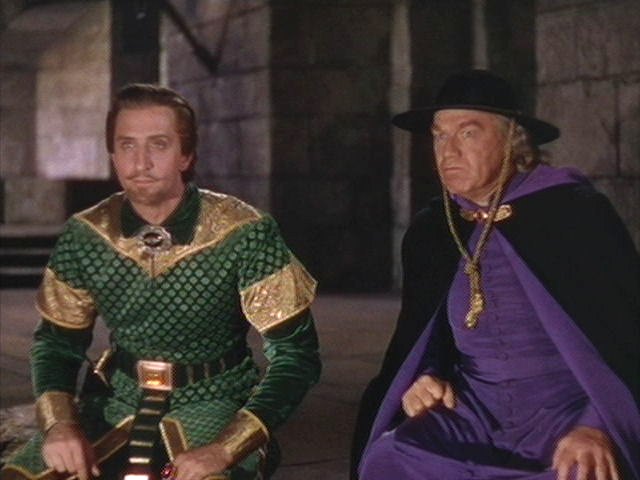
4 responses to “Stay Silent or be Damned! Modern Portrayals of the Medieval Cleric”
Very readable post, Des. I greatly enjoyed it. How would someone like Sean Connery in The Name of the Rose (1986) fit? I know it is set in Italy rather than England but I believe he is quite a cinematic icon as far as medieval monks go!
Thank you, Ciaran. Yes, the sleuthing cleric is one category that does rather better. Connery plays William of Baskerville, a Franciscan friar with an incisive mind, and in that he is not unlike Cadfael, the hero of all those Ellis Peters novels. In such stories the sleuth aspect is paramount, and the authors enjoy using the clerical status of the hero to good effect. Note however that even in the The Name of the Rose, many of the other clerics are pretty weird!
Very readable post, Des. I greatly enjoyed it. How would someone like Sean Connery in The Name of the Rose (1986) fit? I know it is set in Italy rather than England but I believe he is quite a cinematic icon as far as medieval monks go!
Thank you, Ciaran. Yes, the sleuthing cleric is one category that does rather better. Connery plays William of Baskerville, a Franciscan friar with an incisive mind, and in that he is not unlike Cadfael, the hero of all those Ellis Peters novels. In such stories the sleuth aspect is paramount, and the authors enjoy using the clerical status of the hero to good effect. Note however that even in the The Name of the Rose, many of the other clerics are pretty weird!